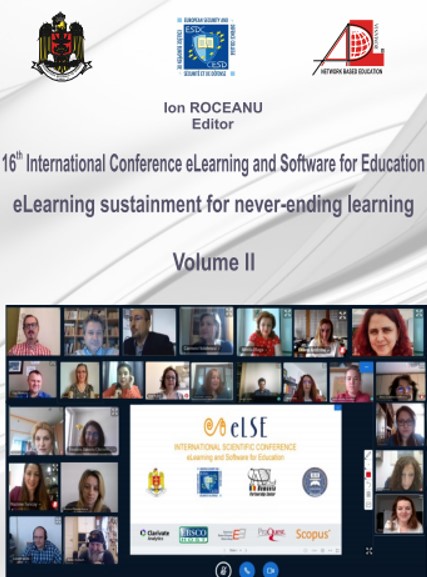COMPUTER-BASED TOOLS APPLIED IN THE COURSE "TELECOMMUNICATION SECURITY"
COMPUTER-BASED TOOLS APPLIED IN THE COURSE "TELECOMMUNICATION SECURITY"
Author(s): Adriana Naydenova BorodzhievaSubject(s): Security and defense, ICT Information and Communications Technologies
Published by: Carol I National Defence University Publishing House
Keywords: Computer-based teaching and learning; MS Excel; Cryptography; Cryptosystems; Non- Linear Feedback Shift Registers (NLFSR);
Summary/Abstract: During the last years, computers have changed the way people live and work. There is no field in which computers do not play a very important role. Education also has grown beyond learning from textbooks. Computer-Based Education refers to teaching methodologies using computers as a key component of information transmission. The paper presents different computer-based tools applied in the course "Telecommunication Security", included as compulsory in the curriculum of the specialty "Internet and Mobile Communications" for Bachelors at the University of Ruse but it can be applied in other courses covering topics of cryptography and information protection. During the classes students develop an application in MS Excel illustrating the principle of operation of a cryptosystem based on non-linear feedback shift registers generating de Bruijn Sequence, built on the basis of a 3-bit shift register and additional logic gates. Then the students implement the device studied using Logisim, an educational tool for designing and simulating digital logic circuits and they can see the operation of the real device. The paper describes MS EXCEL-based applications implementing and graphically illustrating the processes of encryption and decryption of words in English using cryptosystems based on non-linear feedback shift registers (NLFSRs) generating de Bruijn Sequence. Numerous examples obtained by the applications are presented in the paper. Details about the functions used for the implementation are given. Some problems that arise when encrypting and decrypting texts are illustrated by examples. The application helps the teacher in the process of generating individual assignments for the students and facilitates the lecturer in checking the students' works. In groups with a higher number of students, the application might be used by students to check their works or the works of their colleagues. The topic could be presented in an accessible manner for pupils in the schools, without using the terminology required for students with the aim to attract future students to our university. Using active learning during the classes in the course, the lecturer understands the students who learnt the new lesson and the students who did not. Student self-assessment implicates students in evaluating their own work and learning progress. Using self-assessment, students can identify their own skill gaps and see where to focus their attention in learning, revise their work and track their own progress. This process helps students stay involved and motivated and encourages selfreflection and responsibility for their learning.
Journal: Conference proceedings of »eLearning and Software for Education« (eLSE)
- Issue Year: 16/2020
- Issue No: 02
- Page Range: 42-52
- Page Count: 11
- Language: English

